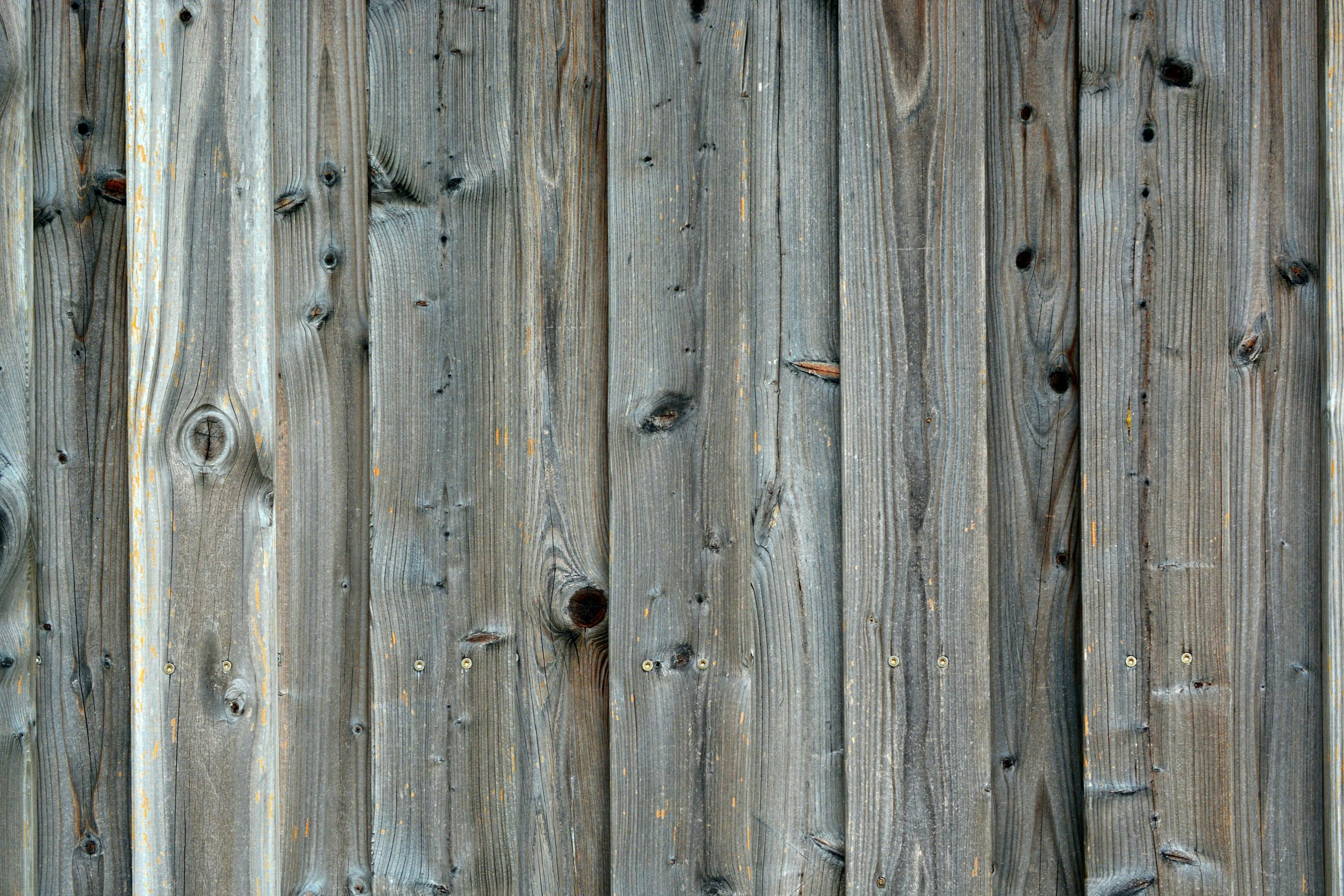Eco-Friendly Design: How Nature-Inspired Architecture Reduces Carbon Footprints
Eco-friendly design has become a hot topic in recent years, as climate change and environmental issues continue to weigh on our collective conscience. From reducing waste and using sustainable materials, to promoting energy efficiency and conservation, architects and designers are looking for innovative ways to reduce the carbon footprint of their projects. One approach that has gained recognition and popularity is nature-inspired architecture, which takes cues from the natural world to create sustainable and eco-friendly designs. In this article, we’ll explore how nature-inspired architecture can effectively reduce carbon footprints and contribute to a greener future for our planet.
Nature’s Blueprint: Biomimicry in Architecture
Have you ever stopped to admire the intricate design of a spider’s web or the pattern of a leaf’s veins? Nature has perfected its designs over millions of years, and these designs have inspired architects to mimic them in their designs. This process, known as biomimicry, involves observing and studying natural systems and adapting their principles to solve human problems.
When it comes to reducing carbon footprints, biomimicry has proven to be a powerful tool. The same way a bird’s hollow bones allow it to fly effortlessly, architects have used lightweight and curved structures in their designs to reduce the amount of materials needed and minimize energy consumption. Similarly, the efficient ventilation system of a termite mound has inspired designers to create self-cooling buildings that require less energy to regulate temperature, reducing carbon emissions.
Nature-inspired architecture doesn’t just stop at the design of the building itself – it also includes the materials used. By studying the structure of spider silk, which is stronger and more flexible than steel, architects have turned to biomaterials such as bamboo and mycelium to create sustainable and durable building materials. These materials not only have a lower carbon footprint but also promote a circular economy by being biodegradable and renewable.
Bringing Life to Buildings: Biophilic Design
Apart from replicating nature’s design, nature-inspired architecture also focuses on incorporating natural elements into the design to create a connection between humans and nature. This approach, known as biophilic design, has been proven to have a positive impact on our physical and mental well-being. Studies have shown that exposure to natural elements can reduce stress, improve focus, and increase productivity.
Biophilic design elements, such as natural lighting, indoor plants, and open green spaces, not only enhance the aesthetic of a building but also promote energy efficiency. By allowing natural light to enter a building, designers can reduce the need for artificial lighting, which contributes to a building’s overall energy consumption. Similarly, incorporating green spaces into the design of a building can help reduce the heat island effect, where urban areas tend to be significantly warmer than surrounding rural areas due to the abundance of paved surfaces.
The Power of Sustainable Systems
The impact of nature-inspired architecture on reducing carbon footprints goes beyond the design and materials used – it also includes building systems and technology. By studying the behavior of ecosystems such as forests, designers have developed sustainable systems that mimic nature’s ability to recycle and regenerate resources.
One example of this is the use of rainwater harvesting systems, inspired by the way plants capture and store water. These systems collect rainwater and store it for later use in irrigation, toilet flushing, and other non-potable purposes, reducing the demand for fresh and treated water. Another example is the use of a building’s façade as a source of renewable energy, inspired by the way plants convert sunlight into energy through photosynthesis. By incorporating solar panels and other renewable energy technologies into the design of a building, architects can significantly reduce its energy consumption and carbon footprint.
A Green Future Through Nature-Inspired Design
Nature-inspired architecture has shown great potential in reducing the carbon footprint of buildings, and its popularity continues to grow. From biomimicry and biophilic design to sustainable systems and technology, architects and designers have a wide range of tools at their disposal to create eco-friendly and sustainable designs. As the world becomes increasingly aware of its impact on the environment, it is crucial for the industry to embrace nature-inspired design and contribute to a greener and more sustainable future for our planet.
Conclusion
In conclusion, nature-inspired architecture offers a promising solution to reducing carbon footprints and promoting sustainability in the built environment. By taking cues from the natural world and incorporating its principles into design, materials, and systems, architects and designers can play a crucial role in mitigating the impacts of climate change and creating a better and healthier world for future generations. It’s time to look to nature for inspiration and work towards a greener future through eco-friendly design.











